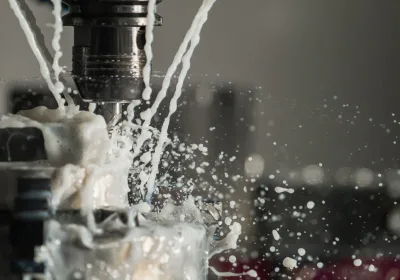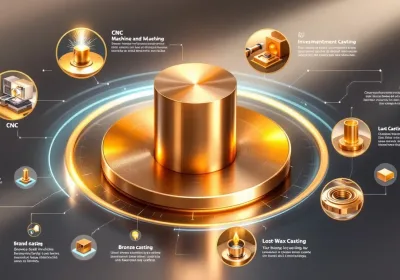OEM parts, or Original Equipment Manufacturer parts, are made by the same company that built your vehicle. They are designed to match the original parts in your car, ensuring perfect fit and performance. This article will explain what OEM parts are, how they differ from aftermarket parts, and why choosing OEM parts can be beneficial.
Key Takeaways
OEM parts are specifically designed to fit the make and model of a vehicle, ensuring compatibility and high quality, unlike aftermarket parts which may vary in quality.
Using OEM parts provides benefits such as warranties, maintained vehicle performance, and potentially higher resale value due to their reliability and adherence to manufacturer specifications.
Purchasing OEM parts can be done through various channels including dealerships and authorized retailers, with many common components readily available, countering the misconception of their scarcity.
What Are OEM Parts?
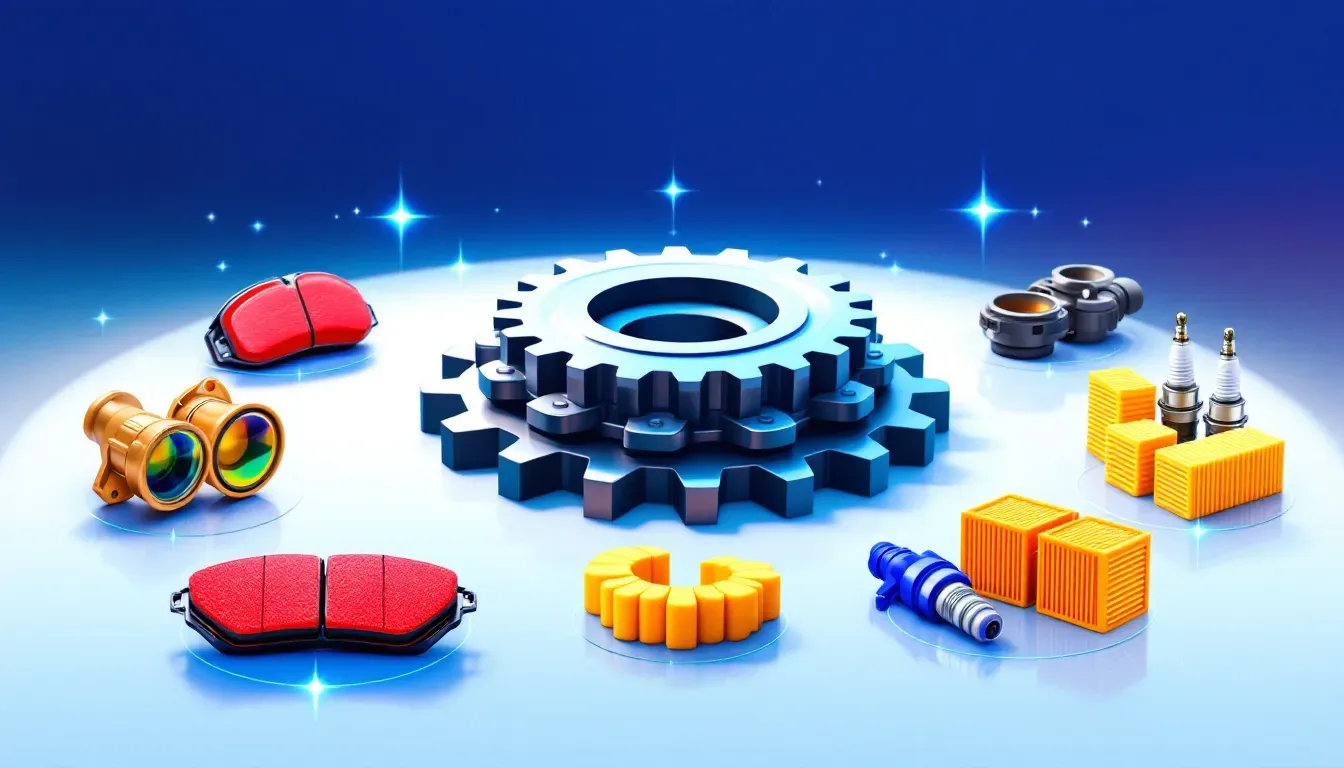
OEM, or Original Equipment Manufacturer, refers to parts produced by the original manufacturer of a vehicle. These are either the initial components installed during assembly or separate OEM parts that can be bought later. A defining feature of OEM parts is their bespoke design for a specific make and model, guaranteeing fit and quality.
These components conform to the original equipment specifications determined by the manufacturer, offering reliability that might not always be present in aftermarket alternatives. OEM parts are crafted to replicate exactly what was originally in your vehicle, ensuring proper fitment and functionality as designed by its creators. Such precision contributes positively both to performance enhancement and upkeep of appearance.
Ultimately, when we talk about OEM part quality, we’re referring to their standing as reliable replacements synonymous with integrity and endurance. They were conceived according to stringent manufacturing standards for optimal functioning within your vehicle’s system—preserving seamless operation akin to its condition upon departure from the production line.
How OEM Parts Differ from Aftermarket Parts
It is often mistakenly thought that OEM parts are inferior in quality to Original Equipment (OE) parts. They meet the same standards of quality. The false notion persists that OEM auto parts are second-rate, when in fact they align with OE components regarding both their performance and quality level. This incorrect belief can cause uncertainty when one has to choose between purchasing either OEM or aftermarket equipment.
Conversely, aftermarket parts bring a broader selection due to multiple manufacturers contributing to this segment. Although advantageous for variety, it also introduces the possibility of coming across substandard products. More affordable upfront than their counterparts, these auto parts might not prove as economically efficient over time if there arise issues related to lesser quality and a shortened service life.
Opting for OEM vehicle components typically results in an easier decision-making process since they come from only one manufacturer – offering uniformity and dependability. Certain enhanced aftermarket pieces may surpass original manufacture’s performance through advancements made by third-party producers. Such scenarios could include specialty items designed specifically for boosting vehicle power where aftermarkets have had room for innovation.
When distinguishing between choosing either OEM or aftermarket equipment, factors such as consistency in quality alongside mental comfort often play critical roles. While opting for non-original options does provide practical solutions under specific circumstances, selecting manufacturer-approved replacement pieces offers guaranteed compatibility tailored uniquely toward your automobile model’s specifications.
Benefits of Using OEM Parts

Utilizing OEM parts offers a promise of superior quality and exact fitment. These original parts are crafted to adhere to the manufacturer’s rigorous specifications, guaranteeing that they seamlessly integrate with your vehicle and function as expected. Such precision in design contributes significantly to both the durability and dependability of your car, vital for sustaining optimal performance.
One notable benefit is that OEM parts typically include a warranty from the manufacturer. This serves as an added layer of confidence regarding their durability and functionality. The presence of this warranty can shield you against unexpected repair expenses while offering reassurance that these components have full support from the maker.
Opting for OEM parts plays a critical role in preserving your vehicle’s resale value. Since these original components are made specifically to align with those initially installed in your car, they help maintain its prime condition. When it comes time to sell, potential purchasers may be prepared to pay a premium price for vehicles kept up using genuine OE elements due not only to the assurance given by such maintenance but also to the perceived reliability & longevity associated with them.
Common Misconceptions About OEM Parts
Many car owners are dissuaded from selecting OEM parts due to various prevalent misunderstandings. A widespread but erroneous belief is that original manufacturers discontinue the production of OEM components after a set duration, which isn’t entirely accurate since many essential items such as brake pads and spark plugs remain accessible for numerous models.
There’s also a misconception suggesting that aftermarket parts surpass OEM ones in terms of affordability and resilience. Though it may be true that prices for OEM parts are often higher, they adhere to exacting quality criteria established by the vehicle’s original manufacturer, providing assured durability and optimal performance. What might seem like an increased upfront cost is frequently balanced out by the sustained advantages garnered from utilizing components expressly crafted for your specific car model—ones provided by its initial maker.
Specific Examples of OEM Parts
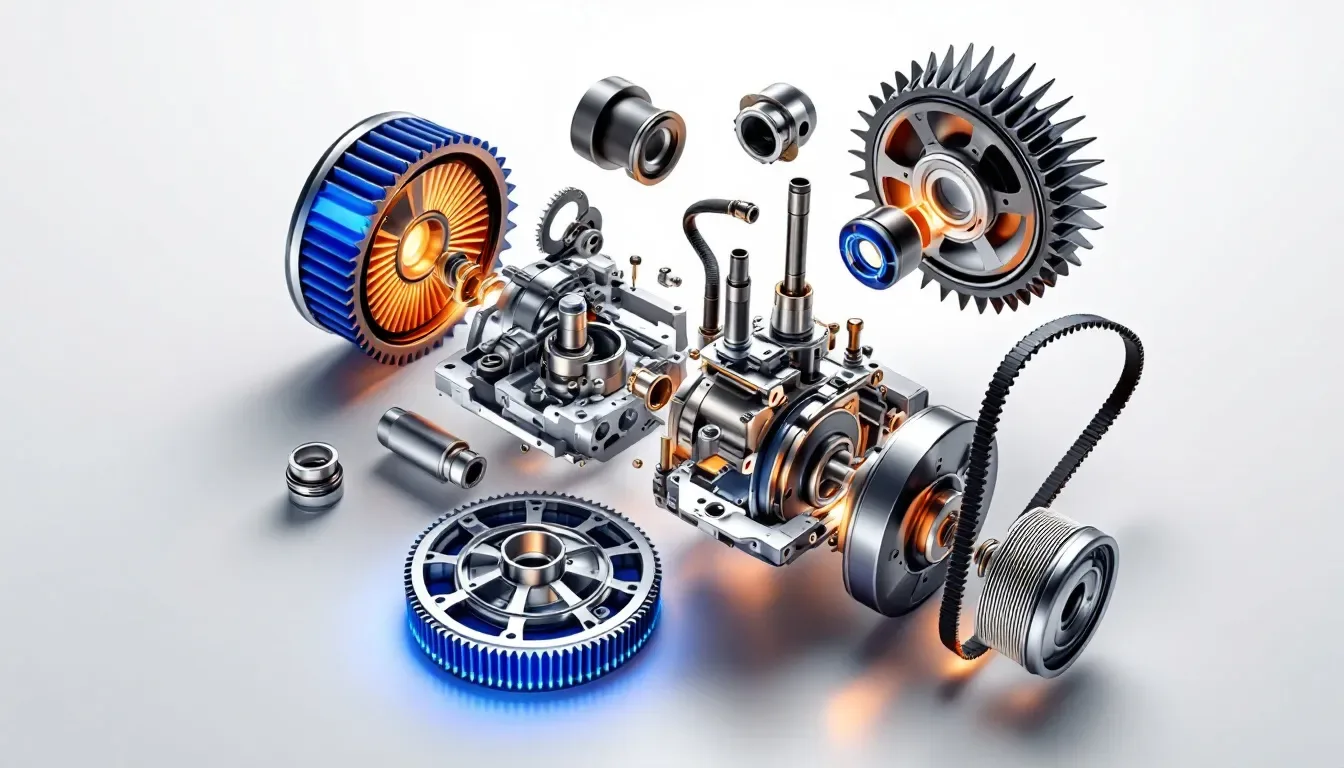
Parts made by original equipment manufacturers (OEM) are customized for a variety of vehicle brands to ensure precise compatibility with specific models. Take Chevrolet, which employs OEM components like engines and transmissions specifically engineered for their line-up. These parts are produced according to the exact standards of the initial factory-installed components, guaranteeing that they match perfectly in both fit and function.
Alternators and fuel pumps from Toyota’s range of OEM parts are meticulously constructed following the particular requirements laid out for Toyota vehicles. Similarly, Honda offers its own set of OEM items such as brake pads and radiators that integrate flawlessly into their automobiles’ designs—each component upholding stringent quality benchmarks defined by Honda.
Additional instances include Mazda’s distinct body panels and cabin elements tailored just for them, Volkswagen’s precision engine control units alongside suspension systems designed exclusively, as well as Lexus’ assortment of premium-quality automotive pieces—all highlighting how crucial OEM parts are in sustaining top-tier performance along with dependability across diverse car manufacturers’ products.
OEM Parts and Vehicle Warranties
Incorporating OEM parts into your vehicle can profoundly influence the warranty of your car. These parts are often accompanied by warranties that assure their functionality and longevity, playing a vital role in preserving the comprehensive warranty of the vehicle. In situations involving collision repairs, it is advisable to utilize OEM parts to guarantee an accurate fit and compliance with safety regulations.
Employing OEM components aids in upholding coverage under the manufacturer’s warranty, potentially averting future repair expenses. Typically, utilizing these original equipment manufacturer (OEM) parts will not result in voiding a car’s warranty except when those specific components are implicated as causing an issue related to a warrantied defect or malfunction. On the contrary, opting for aftermarket replacements may endanger your vehicle’s existing warranty agreement. Thus making OEM selections appear more favorable.
It is paramount for automobile owners to be well-versed with details pertaining to their individual vehicle warranties so they can avoid complications associated with swapping out parts. Dealerships have the onus of demonstrating how non-OEM pieces were at fault for required repairs before denying any claims covered by warranties—this legal obligation ensures consumers maintain freedom over choosing service locations and selecting which types of replacement items are utilized in their cars or vehicles.
The Manufacturing Process of OEM Parts

In the automotive industry, OEM parts are crafted through a meticulous manufacturing process that ensures exact compatibility with the specific vehicles they were intended for. These components undergo comprehensive safety evaluations to conform with elevated safety benchmarks, rendering them reliable options for vehicle upkeep and maintenance.
Original Equipment Manufacturers (OEMs) might fabricate these parts themselves or procure individual components from different manufacturers before assembling them into complete products. This procedure marries engineering proficiency with strategic supplier collaborations to secure superior part performance. Ultimately, this yields an outcome that satisfies the rigorous standards established by the original manufacturer, cementing both component congruity and dependability.
Where to Purchase OEM Parts
OEM parts are available from numerous outlets such as dealerships, approved retailers, and internet-based stores. Contrary to the belief that OEM components are seldom accessible, a vast array of standard parts like brake pads and spark plugs can be easily found with OEM specifications. Authorized sellers frequently present these parts at reduced prices, which may lead to cost savings for consumers who choose to buy directly from them.
For those looking for convenience in their purchasing process, online vendors focusing on OEM items offer a streamlined shopping experience. These websites often feature search functionality based on the vehicle identification number (VIN), ensuring that customers acquire compatible components specific to their car model. This approach simplifies the task of locating precise car components by eliminating the need to travel between different physical locations.
Installation of OEM Parts
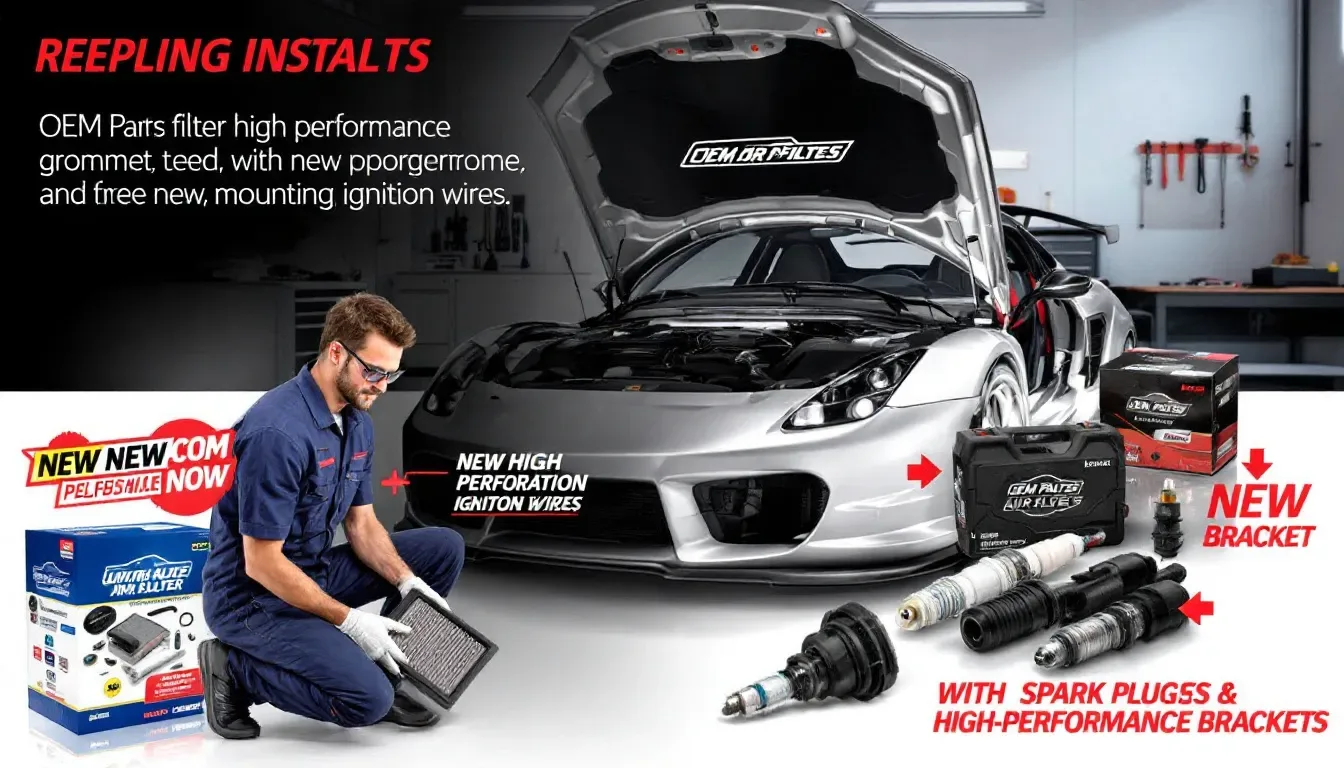
Ensuring that OEM parts are installed correctly is vital for their optimal functioning, as these components have been meticulously crafted to align with the exact specifications of the vehicle. Adhering strictly to the guidelines provided by the manufacturer during installation is crucial, and utilizing the appropriate tools designated for this purpose can help avert any harm to these components, leading to a flawless installation process.
Prior to commencing with installing OEM parts, it’s imperative that they undergo thorough inspection for imperfections or damage. This preliminary examination safeguards against future complications and certifies that once installed, these OEM parts will operate at peak performance levels.
Factors to Consider When Choosing Between OEM and Aftermarket Parts
When choosing between OEM and aftermarket parts, it’s important to evaluate multiple considerations. OEM parts typically come with a higher price tag, particularly for bodywork, yet their assured quality and exact fit often make the expense worthwhile. Conversely, aftermarket parts attract users due to their affordability and availability. Prices that seem too good to be true might reflect subpar quality.
Your vehicle warranty will remain intact when using aftermarket components unless such parts are the direct cause of an issue related to a warranty claim. Thus, these alternatives can sometimes serve as suitable choices. Nevertheless, be prepared for the extensive research needed to ascertain the reliability of aftermarket options—this process can require significant effort.
To arrive at an appropriate decision requires careful consideration of these elements alongside your vehicle’s specific requirements.
Summary
Grasping the distinction between OEM and aftermarket parts is essential for preserving your car’s performance and durability. The guarantee of quality, compatibility, and dependability that comes with OEM parts makes them a favored option among numerous vehicle owners.
When deliberating on which components to select for your automobile, the insights provided in this guide will assist you in making educated choices. Regardless of whether you opt for OEM or aftermarket parts, it is critical to ascertain that they fulfill the requirements of your vehicle and sustain its peak performance.
Frequently Asked Questions
What does OEM stand for?
OEM stands for Original Equipment Manufacturer, indicating components produced by the original manufacturer. This term is commonly used in various industries to denote parts that are made to the specifications of the original product.
Are OEM parts better than aftermarket parts?
OEM parts are generally better than aftermarket parts due to their alignment with the manufacturer’s specifications, ensuring compatibility and consistent quality. They also typically come with a warranty, offering added reliability for the consumer.
Will using aftermarket parts void my vehicle's warranty?
Using aftermarket parts will not void your warranty unless they directly cause a warranty claim issue.
It is advisable to use OEM parts to ensure full warranty protection.
Where can I purchase OEM parts?
You can purchase OEM parts from dealerships, authorized retailers, and various online shops, which offer a convenient option to find the specific parts you need for your vehicle.
What are the benefits of using OEM parts?
Utilizing OEM parts guarantees both the quality and a perfect fit for your vehicle since they conform to the manufacturer’s exact specifications. These parts frequently come with a warranty, improve dependable performance, and contribute to maintaining your vehicle’s resale value.
Still, need help? Contact Us: lk@lkprototype.com
Need a PROTOTYPE or PARTS machining quote? Quote now
 LKprototype
LKprototype



